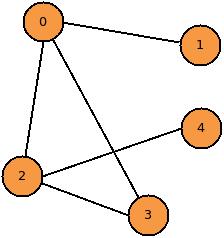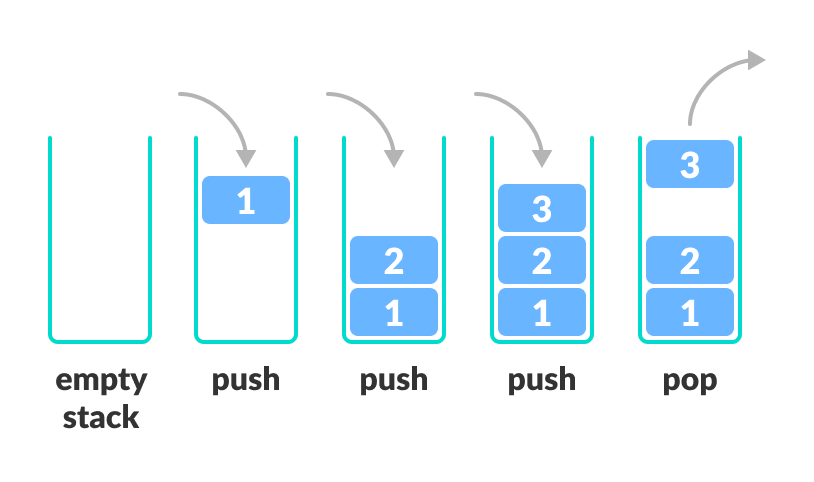Adding a Crude Console Last time, we left off with a working computer system using the Tiny-T processor. I told you that we would add a very crude terminal to the system this time. The terminal I’ll present today is barely a terminal. It won’t have any special functions, text scrolling, or any other features
Tag: Python
Building Machines In Code – Part 7
Today’s Project NOTICE: Today’s Code will only work under Python 3.10 and later. In this episode, we will build a new system using a processor with Von Neumann Architecture. We will also be splitting our system into various files and classes to organize our system better. The Memory will no longer be part of the
Building Machines In Code – Part 5
Tooling Hardware and software developers are tool makers by trade. Just like a machinist, software developers often need to develop their own tools for the job at hand. Sometimes these tools are simple scripts to automate a boring, or complicated task, or perhaps, a tool to fill a yet unfilled niche. Whatever the reason, tool
Building Machines In Code – Part 4
Programming the Tiny-P Programmers are often confused by the terms machine language and assembly language. Many developers consider these two terms interchangeable. But in fact, they mean very different things. If you go back to the Tiny-P Opcode table presented in part-3 of this series, you can see how the various machine code values are
Building Machines in Code – Part 2
So which is better? The answer to this question, like so many things in computer science is “it depends”.
Implementing Stack Oriented Languages – Part 4
Strings and Variable So far we’ve added lots of stack operations and a couple I/O routines with the KEY and EMIT keywords. At the moment if we wanted to write a simple “Hello World” application we would need to place each character on the stack and pop them off using the EMIT keyword. This is
Continue Reading “Implementing Stack Oriented Languages – Part 4”
An Introduction to Graph Algorithms

This post marks the first in a series of posts I will complete on graph algorithms. The code will be python however, I will write the code very verbosely so it will be easily ported to your favorite programming language. I will assume you have some programming skills but are still a novice or that
Implementing Stack Oriented Languages – Part 3

Before we move on to adding more features to our language, I think it is high time we combine our disparate parts into a single entity.
Continue Reading “Implementing Stack Oriented Languages – Part 3”
Implementing Stack Oriented Languages — Part 2
Part 2 – The Parser It’s been some time since the first installment. It amazes me how quickly time flies by when you have so many projects at hand. So let’s jump right in and get coding! Before we get started though, let’s make some changes to our keywords file. First, we won’t need the
Continue Reading “Implementing Stack Oriented Languages — Part 2”
Graph Walking Made Easy!
Newbie Developers, especially those who are self-taught, often struggle with graph algorithms. I recently helped a young man on slack get a handle on the subject and I thought I would share my insights with those of you who lack the ability to write breadth-first search (BFS) and depth-first search (DFS) algorithms from scratch. Knowing
Recent Comments